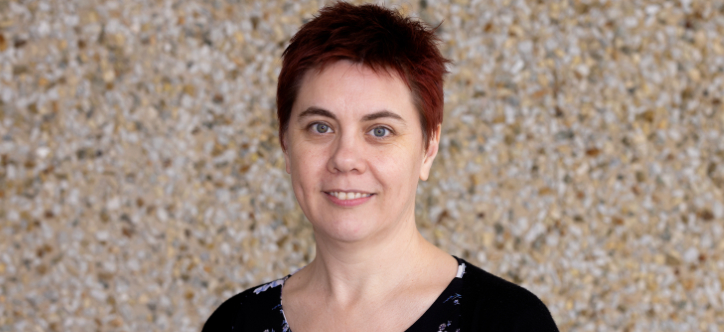
Australian Vision Research Plenary Recap
Amidst an enjoyable scientific gathering at the RANZCO conference this past October, the Australian Vision Research plenary presenters, shared some interesting studies:
- Amyloid and Tau targeting to protect Retinal Ganglion Cell and Optic Nerve in glaucoma by Vivek Gupta
- Develop Novel Therapy for Human Uveal Melanoma by Fan Fan Zhou
- Hyperspectral retinal imaging perfusion maps for retinal vascular diseases by Peter van Wijngaarden
- The Bacterial Ocular Surveillance System (BOSS) by Stephanie Watson
- Genetic indicators of treatment response to anti-VEGF intraocular injections for diabetic macular oedema by Kathryn Burdon
In this issue we would like to feature Professor Kathryn Burdon, who is the Theme Leader for Cancer and Genetics at the Menzies Institute for Medical Research at the University of Tasmania. She runs an internationally recognised ophthalmic genetics research program, focused on identifying the genetic risk factors for blinding eye disease and characterising the causative genes and variants in animal and cellular models.
Such project is a collaboration with ophthalmologists in Adelaide and Hobart and aims to understand why the treatments for diabetic macular oedema don’t work for everyone.
Diabetic macular oedema is a common complication of diabetes, caused by a swelling in the retina, that results in loss of vision. It is treated by injections into the eye, but around a quarter of patients don’t improve, even after monthly injections for a year or more.
This project seeks to understand why. The starting point looks at the genetic differences between people who respond well to this treatment and those who don’t. It is early days yet, but Professor Kathryn and her team are hopeful that their study will let doctors predict who will not benefit before they go through treatment, and direct them to an alternative therapy that might be more effective for them.